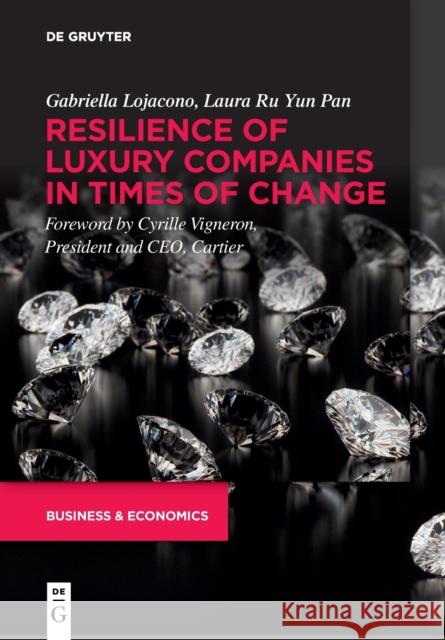Resilience of Luxury Companies in Times of Change » książka
topmenu
Resilience of Luxury Companies in Times of Change
ISBN-13: 9783110723236 / Angielski / Miękka / 2021 / 336 str.
Resilience of Luxury Companies in Times of Change
ISBN-13: 9783110723236 / Angielski / Miękka / 2021 / 336 str.
cena 191,01
(netto: 181,91 VAT: 5%)
Najniższa cena z 30 dni: 190,56
(netto: 181,91 VAT: 5%)
Najniższa cena z 30 dni: 190,56
Termin realizacji zamówienia:
ok. 30 dni roboczych
Dostawa w 2026 r.
ok. 30 dni roboczych
Dostawa w 2026 r.
Darmowa dostawa!
Kategorie:
Kategorie BISAC:
Wydawca:
de Gruyter
Język:
Angielski
ISBN-13:
9783110723236
Rok wydania:
2021
Ilość stron:
336
Waga:
0.53 kg
Wymiary:
24.41 x 16.99 x 1.78
Oprawa:
Miękka
Wolumenów:
01
Dodatkowe informacje:
Wydanie ilustrowane











